Samuel Scheidt: Tabulatur-Buch, Görlitz 1650
111 four-part Chorale Settings for Organ or Keyboard
116 pages • ISMN: 979-0-001-13600-6 • Softbound
Edition Schott ED 22325

Samuel Scheidt is one of the finest of the North German school of organist-composers that stemmed from the teaching of Sweelinck in Amsterdam. Born in Halle in 1587, he became assistant organist the Moritzkirche in 1603, before studying in Amsterdam between 1607 and 1609. He returned as Court organist to the Margrave of Brandenburg in Halle, where he was soon joined by Michael Praetorius. The Thirty Years War disrupted musical life in Germany. The Margrave fled, and the music of the Court ceased. Scheidt took to private teaching before eventually becoming director of music for the major Halle city churches (Marketkirche, Moritzkirche, and St Ulrich).
In 1624 Scheidt wrote his monumental three-volume Tabulatura Nova, an important collection of works for organ, harpsichord, or clavichord. Scheidt never recovered his earlier financial security and died in some financial trouble. His last publication was this 1650 Görlitzer Tabulaturbuch, named after the city that commissioned the collection of four-part harmonisations of Lutheran chorales. Although there are a few simple harmonised settings, many of them are adventurous little pieces demonstrating Scheidt’s advanced keyboard technique and musical thinking as the early Baroque style of composition developed. Whether or not you would ever use them in a liturgical setting (as seems to have been intended, judging from Scheidt’s introduction where he mentions that the pieces are for “gentlemen organists to play with the Christian community”), they are worth exploring.
This Schott edition is clearly printed, in landscape format. The introduction by editor Klaus Beckmann (in German and English) gives background to the pieces and the editorial process. The critical commentary is, as usual, only in German. Preview pages can be view here. This is apparently the last in the Schott series ‘Masters of the North German Organ School‘, although I hope that is rethought as scholarship on this important repertoire continues to evolve and there must be more composers and pieces to be discovered and edited.








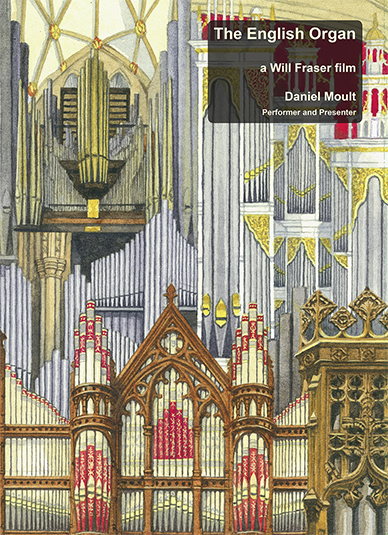



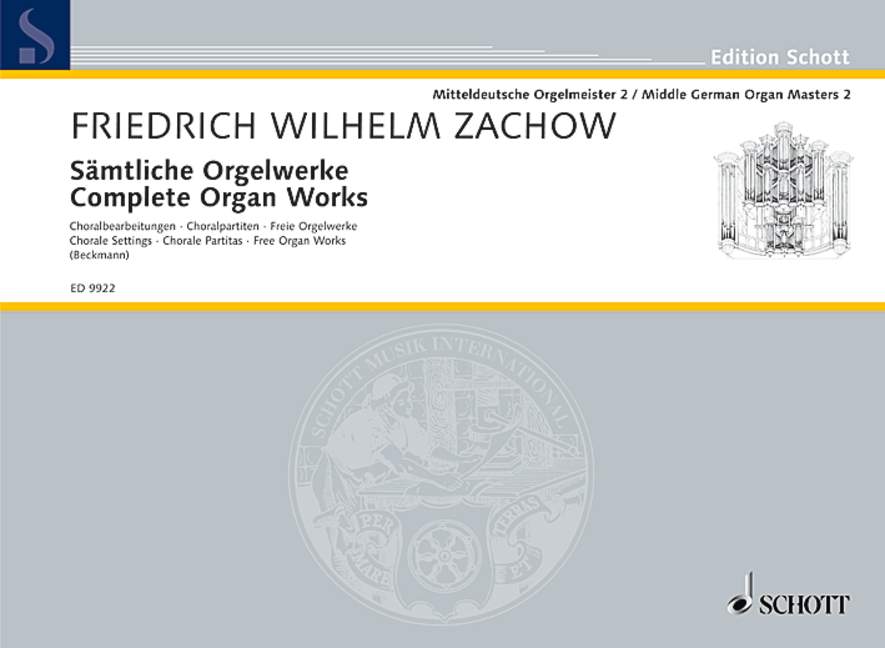

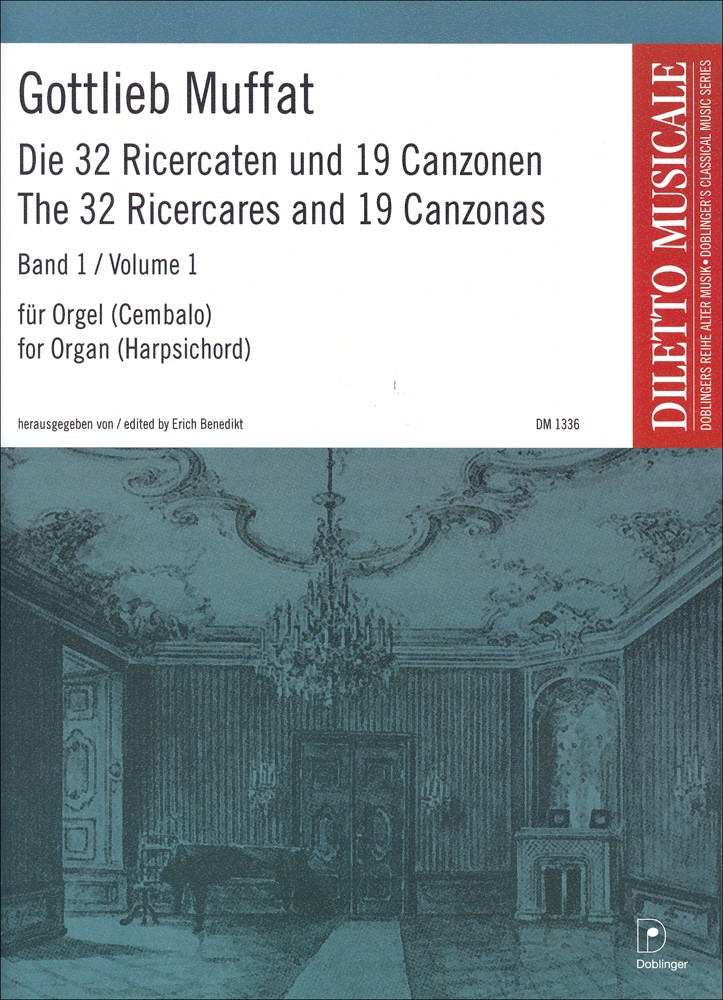





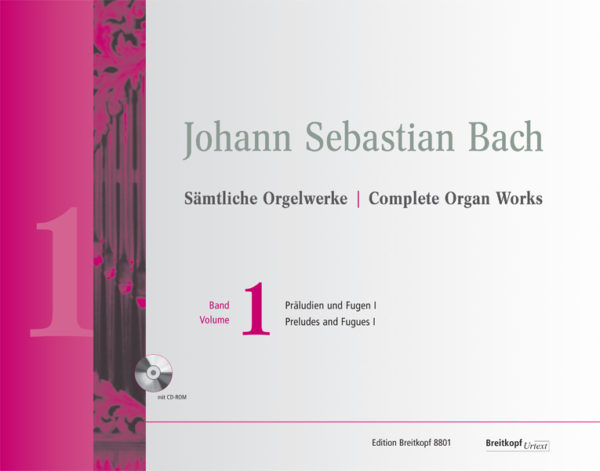 Further to my reviews of Volumes 3 and 8 of the Breitkopf & Härtel complete Bach organ works (see
Further to my reviews of Volumes 3 and 8 of the Breitkopf & Härtel complete Bach organ works (see  The new 10 volume Breitkopf & Härtel critical edition of Bach’s organ music is arriving in dribs and drabs. I reviewed volume 8
The new 10 volume Breitkopf & Härtel critical edition of Bach’s organ music is arriving in dribs and drabs. I reviewed volume 8 
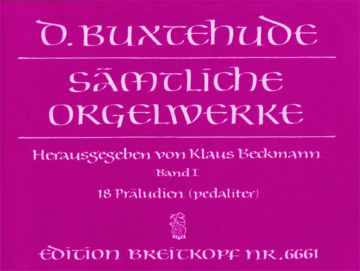 Dietrich Buxtehude holds a special place in the hearts of most organists, although this is occasionally because he is the only pre-Bach German composer that they are aware of. But, despite many years of musicological research and publications, he still remains a somewhat enigmatic composer. There is still no agreement as to his birth date or place, and what his name really was. He seems to have been born in Helsingborg (in present day Sweden, but then part of Denmark) as Diderich, but later changed the spelling from the Danish to a more Germanic Dietrich (or Dieterich). His surname also appears in several versions, including Box de Hude.
Dietrich Buxtehude holds a special place in the hearts of most organists, although this is occasionally because he is the only pre-Bach German composer that they are aware of. But, despite many years of musicological research and publications, he still remains a somewhat enigmatic composer. There is still no agreement as to his birth date or place, and what his name really was. He seems to have been born in Helsingborg (in present day Sweden, but then part of Denmark) as Diderich, but later changed the spelling from the Danish to a more Germanic Dietrich (or Dieterich). His surname also appears in several versions, including Box de Hude.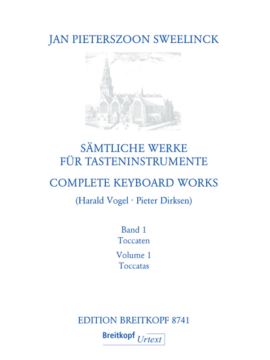 Renaissance period and the start of the Baroque. Born in 1562, he was employed by the city of Amsterdam as organist of the Oude Kerk for 44 years until his death in 1621. Organ music in the Calvanist church was limited to occasional playing of pieces to familiarise the congregation with the choral melodies, before or after the service, but not during. So Sweelinck’s duties as city organist were generally to give concerts for the public and visitors. This have him time to build up an extensive teaching practice, attracting a generation of North German organists who returned to develop the influential Hamburg organ school that dominated the 17th century, culminating in the music Buxtehude in nearby Lübeck. His music was known throughout northern Europe, with two of his pieces includrf within the Fitzwilliam Virginal Book.
Renaissance period and the start of the Baroque. Born in 1562, he was employed by the city of Amsterdam as organist of the Oude Kerk for 44 years until his death in 1621. Organ music in the Calvanist church was limited to occasional playing of pieces to familiarise the congregation with the choral melodies, before or after the service, but not during. So Sweelinck’s duties as city organist were generally to give concerts for the public and visitors. This have him time to build up an extensive teaching practice, attracting a generation of North German organists who returned to develop the influential Hamburg organ school that dominated the 17th century, culminating in the music Buxtehude in nearby Lübeck. His music was known throughout northern Europe, with two of his pieces includrf within the Fitzwilliam Virginal Book. Frescobaldi’s Fiori Musicali was published in 1635. He was at the height of his musical powers, having just returned to Rome (after six years with the Medici’s in Florence) to work for the Barberini Pope and Cardinals, and continued his post as organist of St Peter’s in Rome, a post he had held throughout his many travels. Although many pieces in Frescobaldi’s earlier books of Toccatas (1615/16 and 1627) were clearly intended for organ and would have presumably have been playing in a liturgical setting, Fiori Musicali is his only organ book specifically geared towards use in the Mass. It was his last publication of new music, although he did re-issue some earlier volumes. It quickly became one of his most popular publications, and was used as an exemplar of polyphonic writing well into the 19th century. Bach also studied it and copied it out.
Frescobaldi’s Fiori Musicali was published in 1635. He was at the height of his musical powers, having just returned to Rome (after six years with the Medici’s in Florence) to work for the Barberini Pope and Cardinals, and continued his post as organist of St Peter’s in Rome, a post he had held throughout his many travels. Although many pieces in Frescobaldi’s earlier books of Toccatas (1615/16 and 1627) were clearly intended for organ and would have presumably have been playing in a liturgical setting, Fiori Musicali is his only organ book specifically geared towards use in the Mass. It was his last publication of new music, although he did re-issue some earlier volumes. It quickly became one of his most popular publications, and was used as an exemplar of polyphonic writing well into the 19th century. Bach also studied it and copied it out.